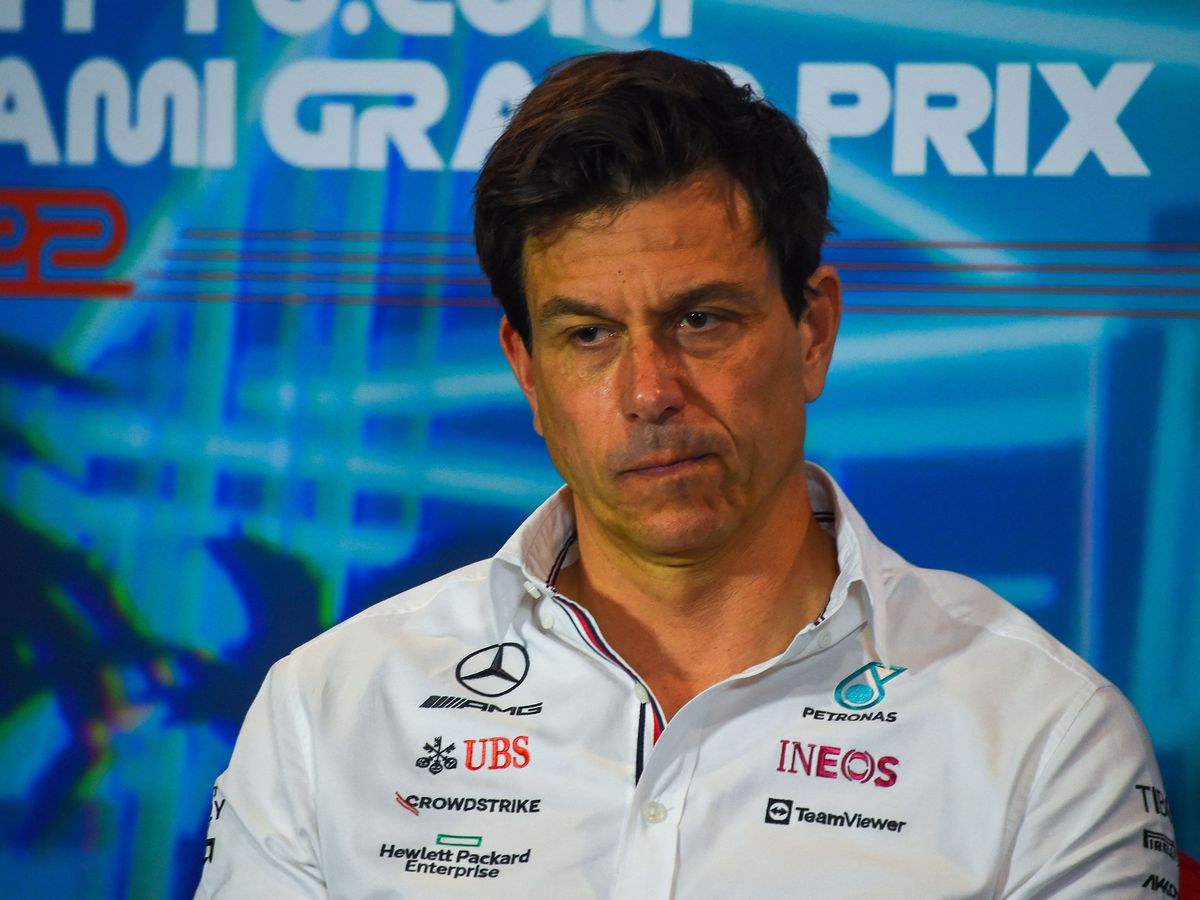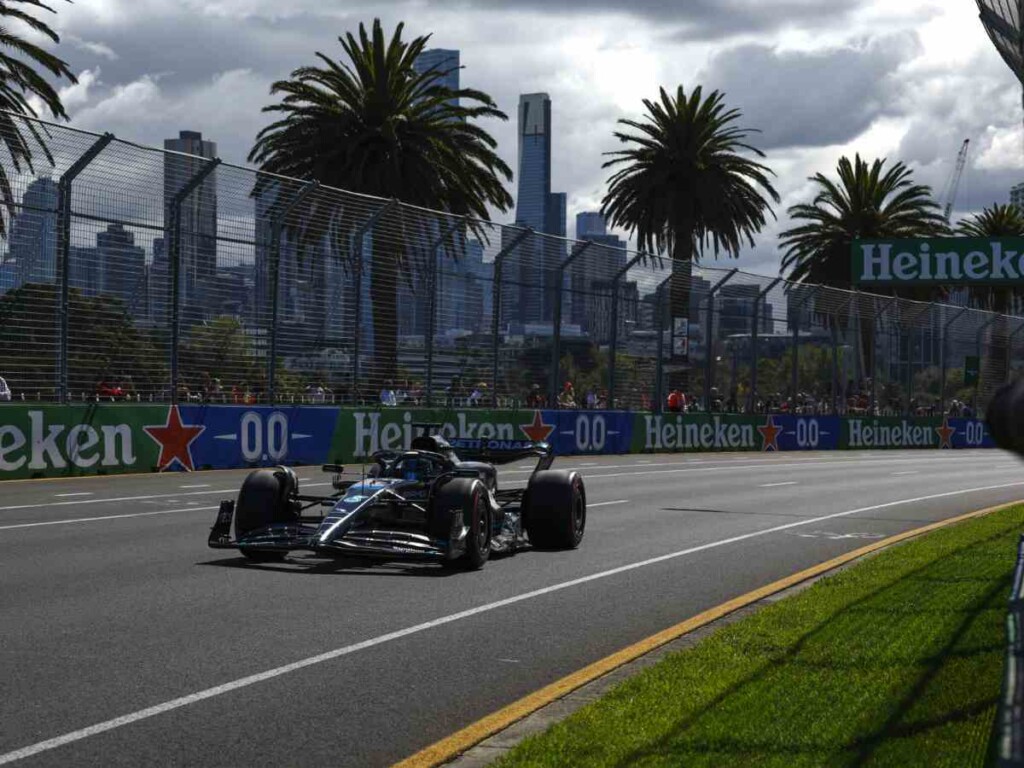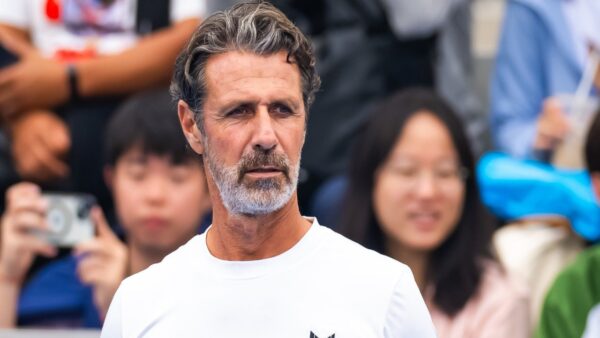F1 Azerbaijan GP: “Who has the least s***tiest car is ahead,” Toto Wolff slams the 2023 aerodynamic regulations
Mercedes have struggled to cope with the regulation changes since 2022

Toto Wolff via Daily Star
The Azerbaijan Grand Prix was a tough weekend for Mercedes, who were poor throughout. The overall result was disappointing, with Lewis Hamilton finishing P6 and his teammate George Russell finishing P8. The Silver Arrows were lackluster and struggled in terms of race pace, once again falling behind the likes of Aston Martin and Ferrari.
The team had hinted at big upgrades for this weekend, but they didn’t deliver to match the hype. They lacked pace along the straights and could not compete with the top 3. Testament to this, Max Verstappen gained over 5 seconds on George Russell on Saturday’s sprint race, with a gaping hole in his sidepod. Mercedes cannot adapt to the new regulations, focusing on the ground effect for the cars.
When asked on the ground effect in the post-race interview, Mercedes team principal Toto Wolff made his thoughts known. He said, “I think generally the ground effect cars are sh*t cars. It’s just about who has the least sh*ttiest is ahead.” Wolff is not in favor of the sport continuing this way, and he proceeded to highlight the exact issues the team were facing.
He added, “For our car, it’s more about ride control then it is about downforce. We can put a lot of downforce on the car, and then it would be too low and too stiff. So, you can see on the onboards there are is barely moving on the straight or over bumps. Corners through balance, and it looks easy. If you look at all the other onboards the cars look tricky [to drive].” The drivability of the car has been frequently complained about by the likes of both Lewis Hamilton and George Russell, and it will be a challenge to overcome this and return to winning ways.
What is ground effect, and why does Toto Wolff hate it?

Ground effect in F1 is an aerodynamic concept that plays a significant role in the performance of race cars. When a car moves at high speeds, the airflow around it generates a low-pressure area above the car and a high-pressure area underneath it. This difference in pressure creates an upward force on the car, which reduces its grip and stability on the road.
To counteract this upward force and increase the car’s grip on the track, F1 designers have developed various aerodynamic devices that create a venturi tunnel or a similar channeling of air under the car, resulting in a low-pressure area beneath it. This low-pressure area acts as a suction force that pulls the car towards the ground, increasing its grip and stability and thus enabling it to corner faster and more safely.
Ride control, on the other hand, refers to the suspension system of a race car that controls the car’s height and stiffness. The suspension system is designed to absorb shocks and vibrations from the road, keeping the car in control. The ride control system allows the driver to adjust the car’s height and stiffness according to the track conditions, providing a smooth ride and better handling. Essentially, adding downforce will make the car stiffer and harder to drive.
Mercedes have built their car primarily around the perfect ride control as per their drivers’ preference, and this affects the ground effect of the car, slowing them down. To have a better ground effect, they will have to compromise on their ride control, and this optimal compromise is something Mercedes have struggled to find since 2022. Hence, Wolff believes the priority is the car’s drivability, and does not like the new ground effect-dependent cars.
In case you missed it:
- F1 Azerbaijan GP: ‘Anyone can drive in a straight line’? Data shows where Max Verstappen lost out against Sergio Perez in the Baku Streets
- F1 Azerbaijan GP-WATCH: “Bro was so deprived of P1” Fans react as Charles Leclerc occupies the winner’s seat in the cooldown room







